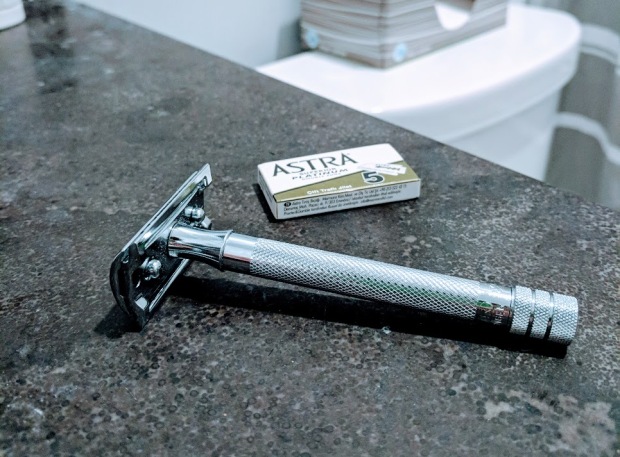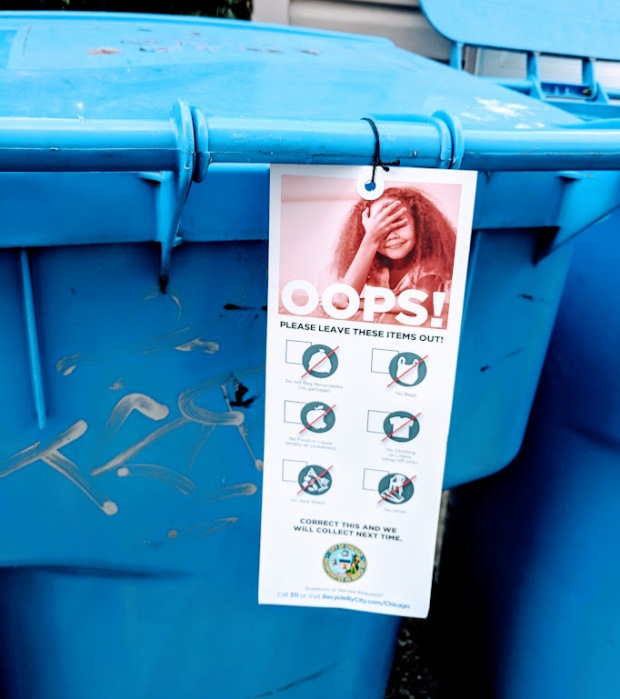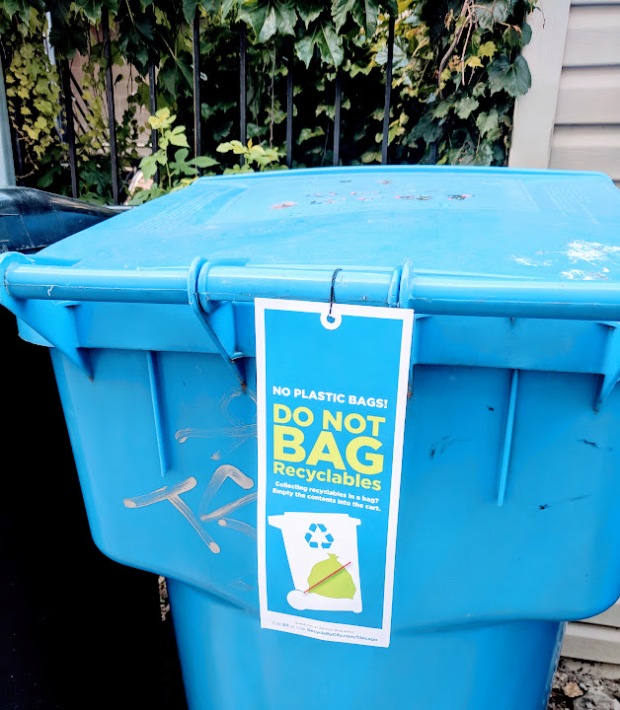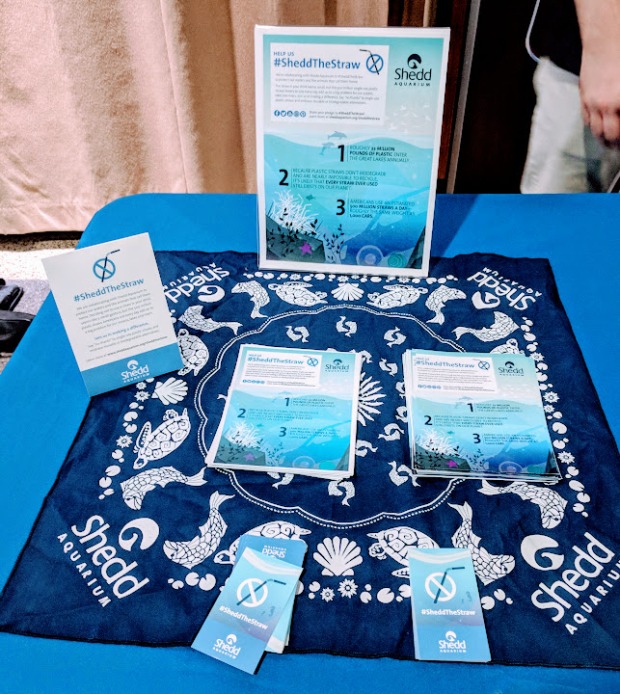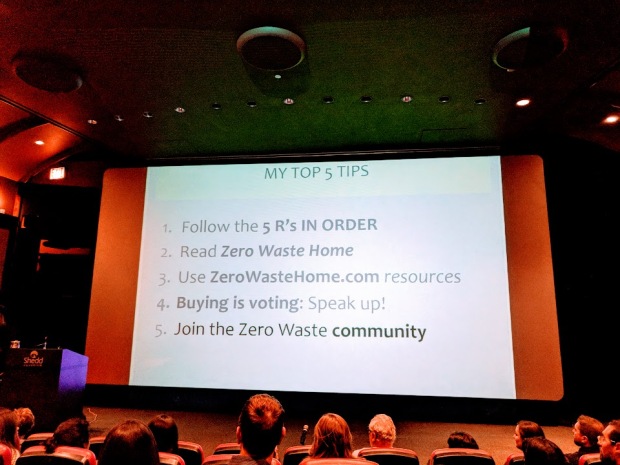A lot has changed since having a baby (see Part 1 here), but our lifestyles have also taken a double whammy by the impact of the coronavirus pandemic.
Here’s how both a baby and a highly contagious virus have changed our lives.

Spending a lot of time inside…
Ordering
We are still doing some online orders when we need stuff, but I have been using curbside pickup more. It is also a reason to get me out of the house! Target Drive Up is also really great.
Our grocery shopping is still 100% online. We get our produce and meats from a local grocer here, called Local Foods. They are still completely closed to customers and do everything by delivery and pickup. Other basics and staples get delivered as well.
K used to love grocery shopping in person, so I am not sure if he would have stuck with delivery for so long if there wasn’t a pandemic, but it was definitely helpful in those first few weeks at home with a newborn.
The super annoying part of all these deliveries is the packaging. The basics and staples get delivered in plastic bags every time, despite a note on our account asking for paper bags. Thankfully Local Foods always uses them!
This means my bag of plastic bags gets full very fast. Just last week I finally took the last 4 months of plastic packaging I have collected and brought it to Target to recycle. I had to make two trips into the store because 1.) I could not carry them all and 2.) I did not want to look like a crazy person.
We have similar issues with ordering takeout. A gracious family member gifted us a Grubhub gift card to help keep us fed in the first few weeks of newborn life. We have been using it to support local restaurants in the area, but pretty much every order we get includes plastic silverware and napkins and things we specifically requested not to include.
Self Care
Pre-baby and pre-pregnancy, I would shave with a safety razor, but since I barely have time to shower lately, I have gone back to using disposable razors for efficiency reasons. I hope one day, when I can devote a bit more time to myself, to go back to it.
While gyms and exercise studios were closed for a while, they have opened back up, but we don’t plan to partake in any inside exercising. Unfortunately, the yoga studio I frequented for prenatal yoga was unable to sustain itself after going virtual and has closed. So for now, I mainly focus on getting in a good stroller walk during the day and the occasional yoga video. I may venture and try an outdoor yoga class if I can find the time.

Taking a walk on our shared street, which gives neighborhoods more space to walk, bike, and run during COVID.
Back before we got married, I started getting monthly massages to deal with headaches and it was wonderful. I kept it up through pregnancy, switching to a massage therapist who was certified in prenatal massage. They closed sometime in March and opened back up in July. I did go back once because my neck and back were so sore from breastfeeding and picking up and holding the baby. It was nice and they had what seemed like good COVID precautions in place, but I was pretty uneasy the entire time being in an enclosed room with someone, even if we both were wearing masks. So I have put a hold on my membership for the time being and will have to survive without my monthly treat for now.
Working from Home
For at least the rest of the year, both my husband and I will be working from home because of COVID, not because of the baby. I only had 12 weeks of leave (unpaid mind you), while my husband had 6 weeks (paid). Not going into the office removes our commuting impact, saving us on not having to purchase gas as often, equals less time on the road, and no money spent on parking.
Once I start working again and after my husband has done a few weeks of paternity leave, we made the decision to go with a nanny for a few days a week instead of sending our child to daycare.
Having a nanny, a baby, and two adults in our two-bedroom apartment is a lot of people in a small space. K and I are going to end up co-working in our bedroom to give the nanny space to place and care for our baby in the living room and nursery. He already has an office set up in our bedroom, so we now need to buy another desk for me.
The plan is to get the same desk as his so we have a matching set. I am already thinking about resale value! We have not purchased any office chairs and are currently using our kitchen chairs, which are cushy and do the trick for now.
While we certainly expected life to change once the baby arrived, I don’t think we thought it would look like this!









